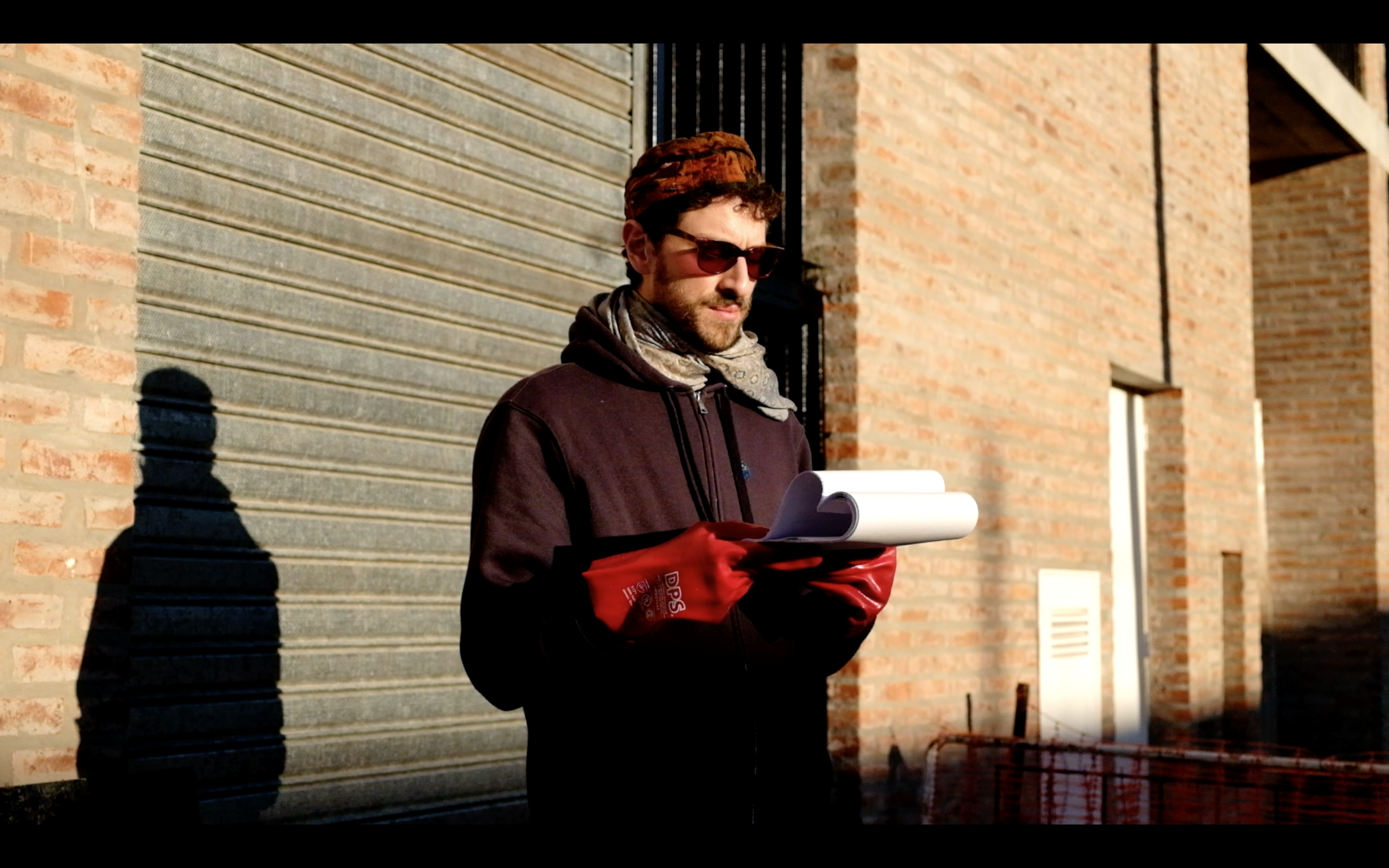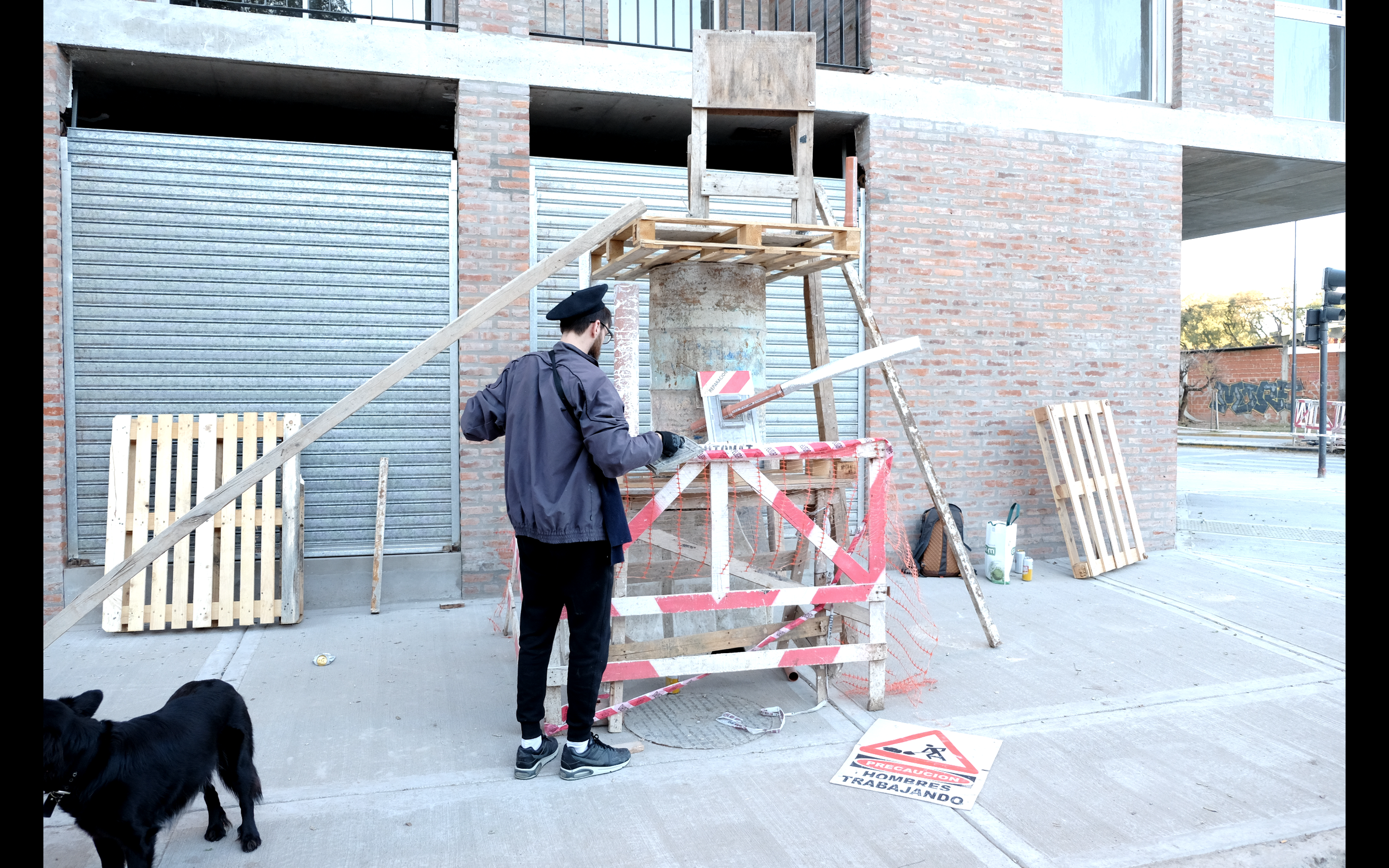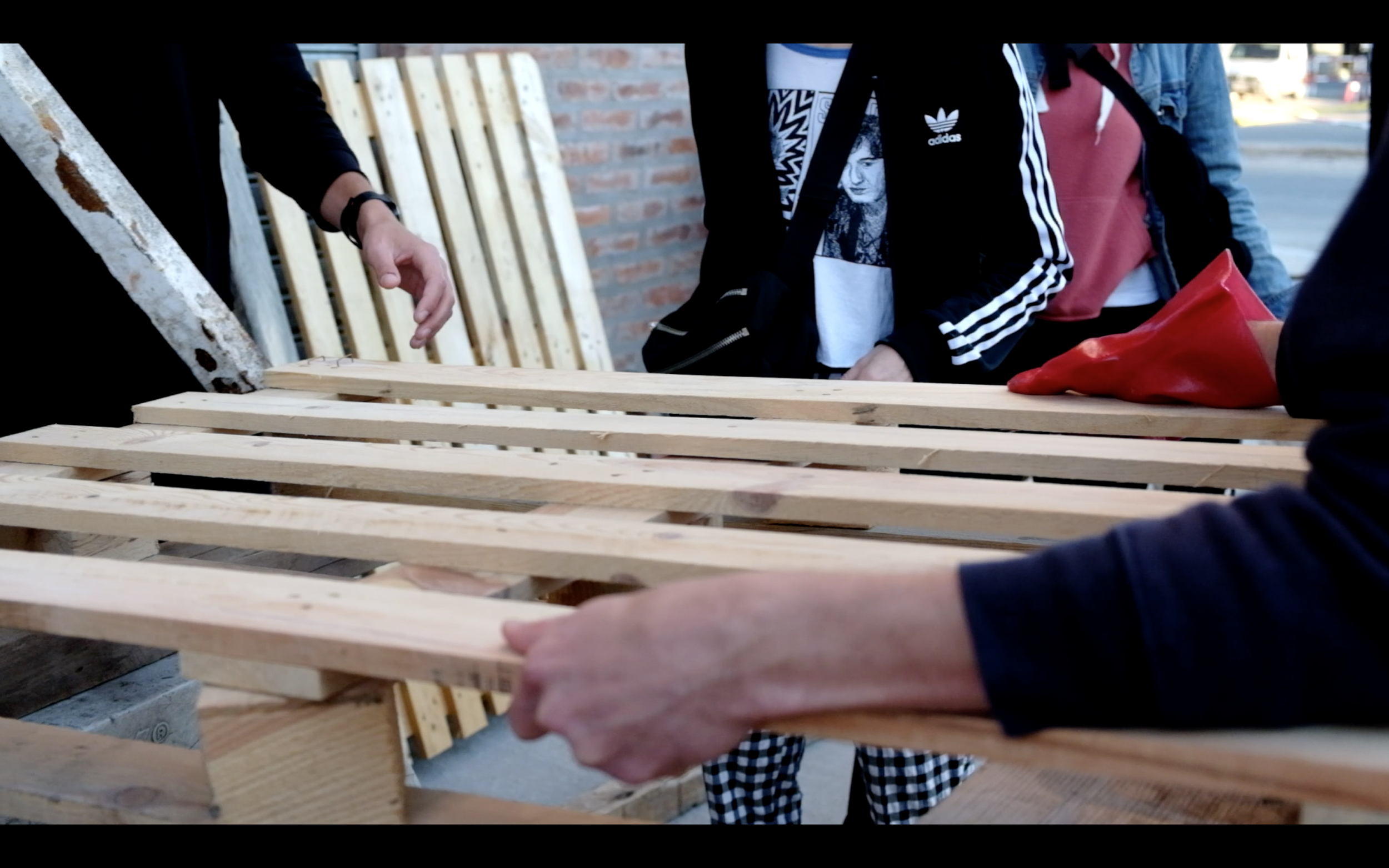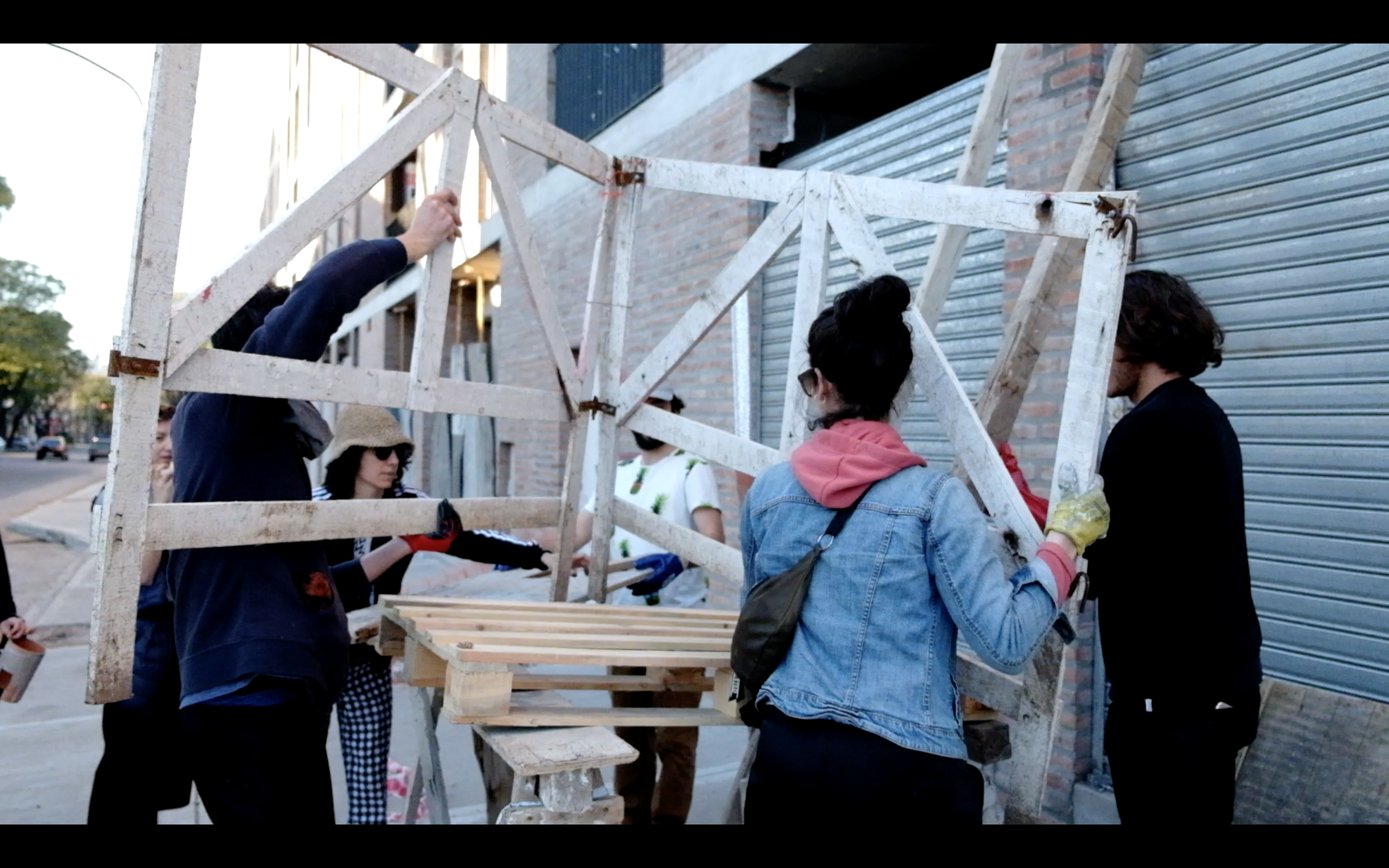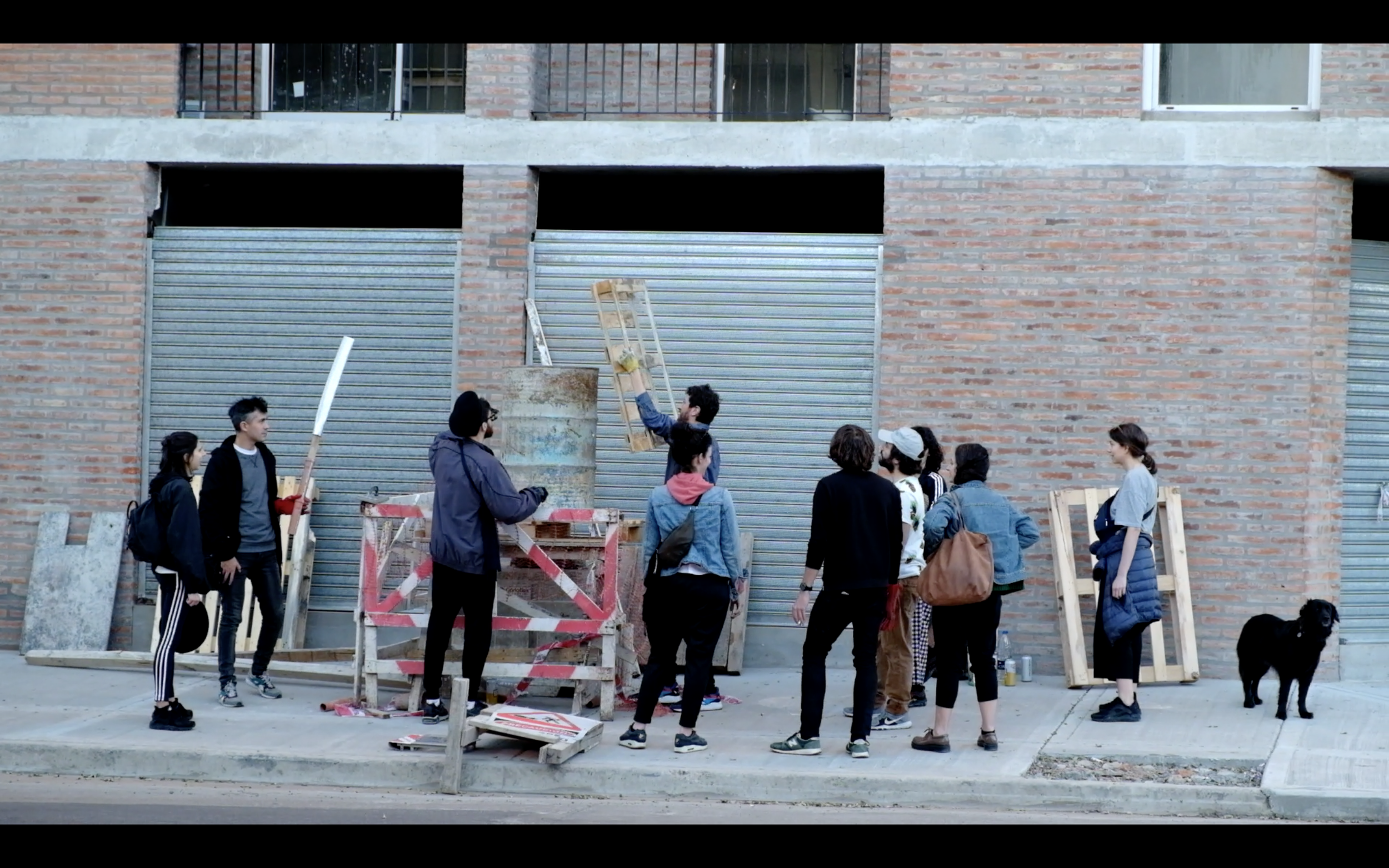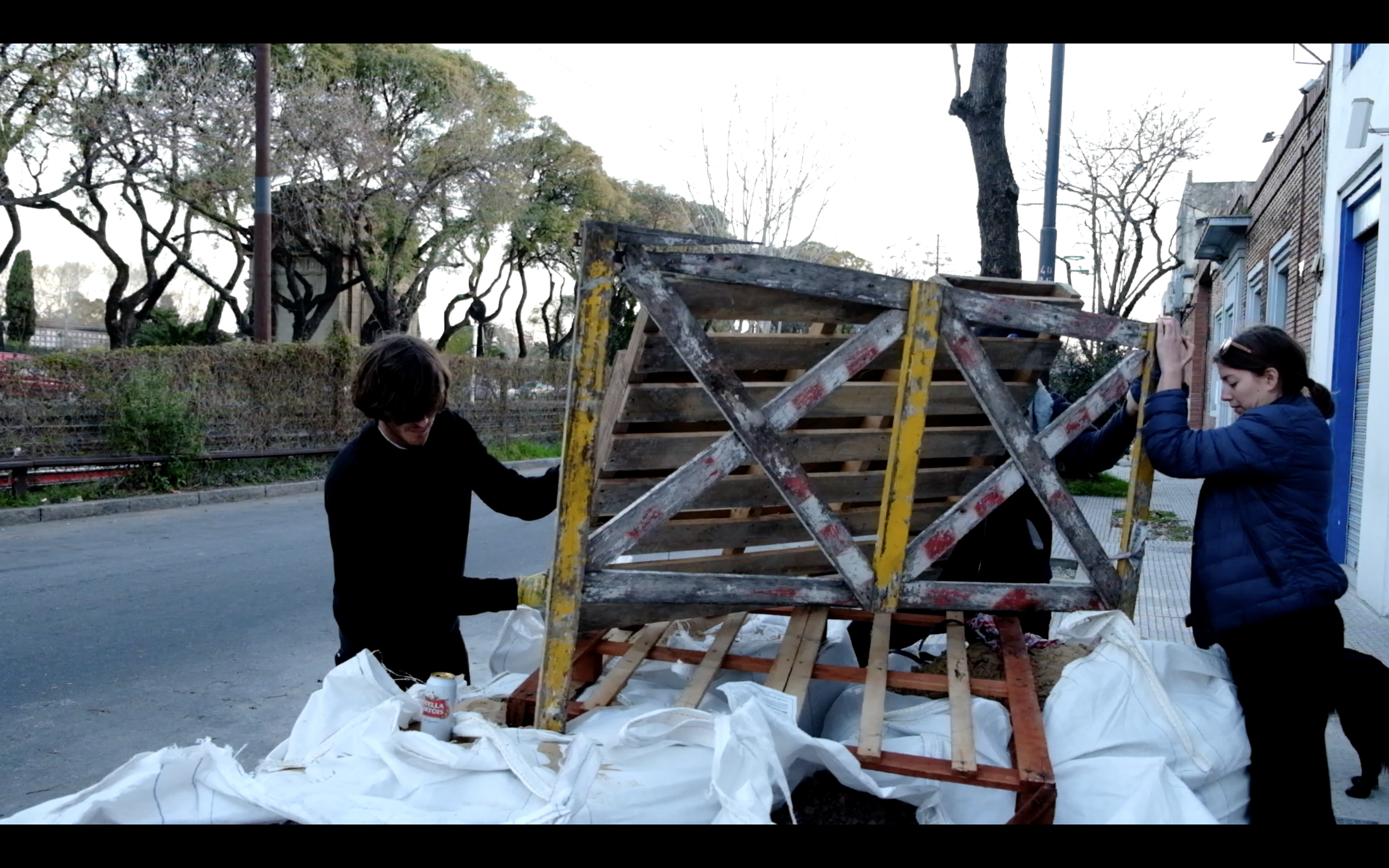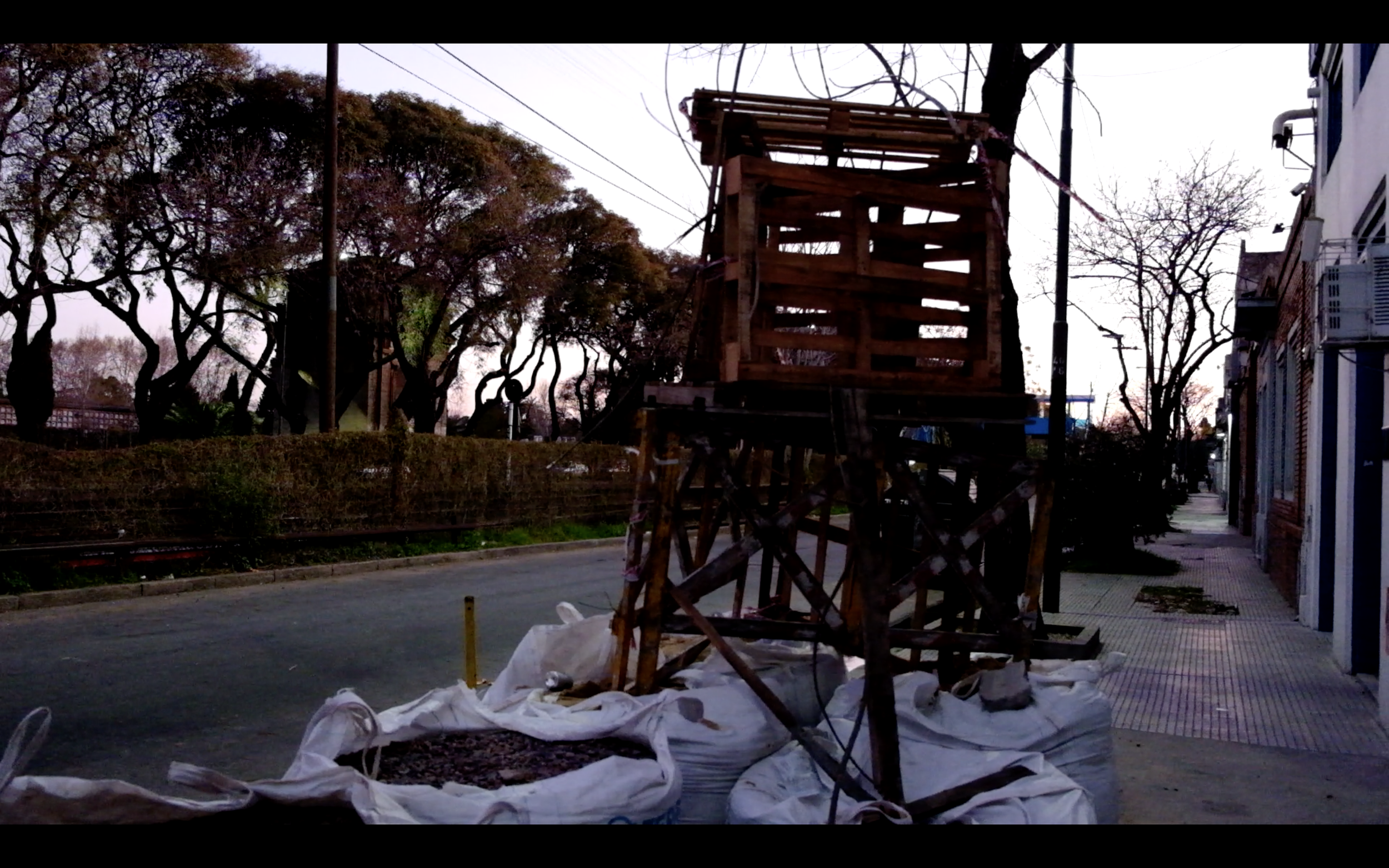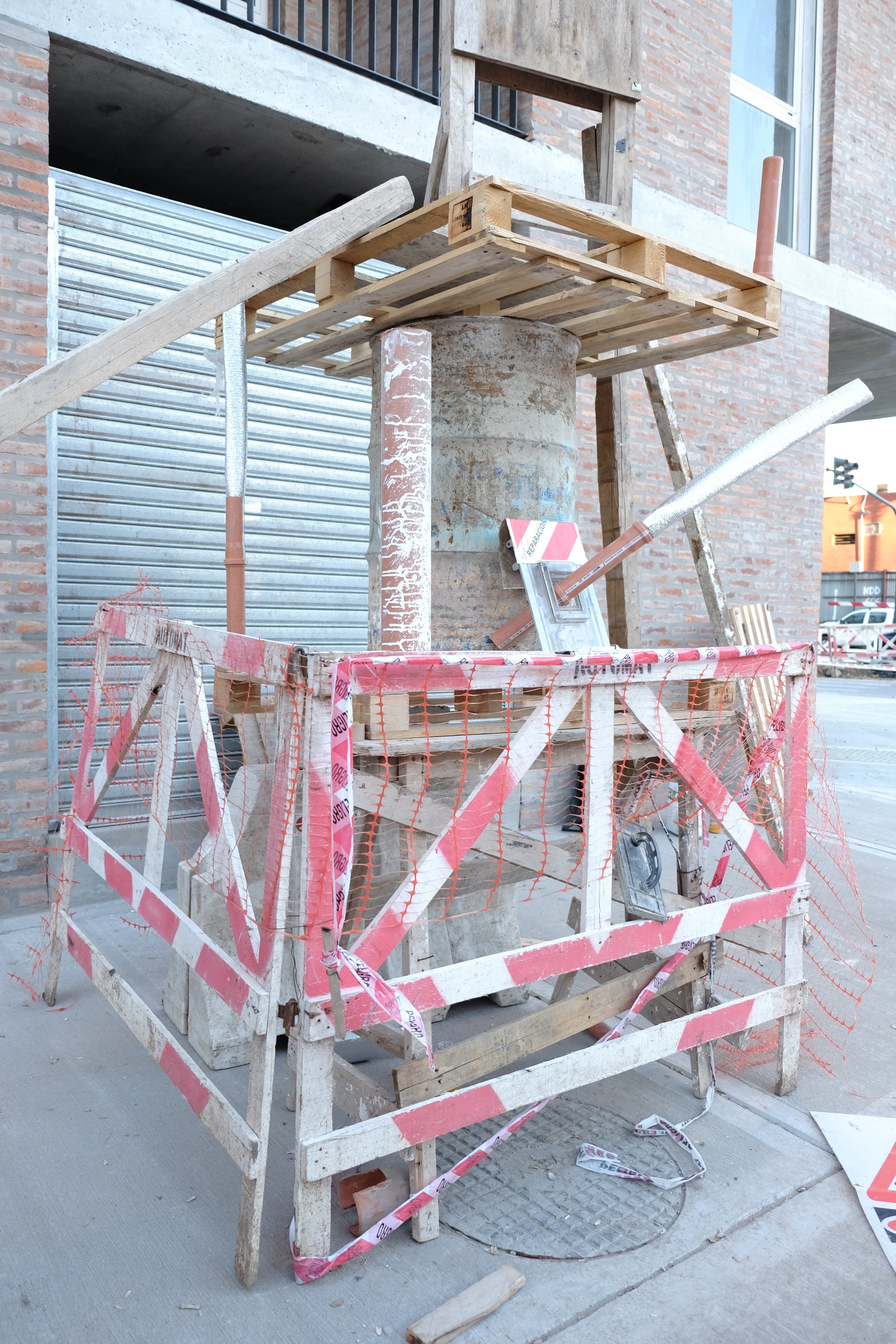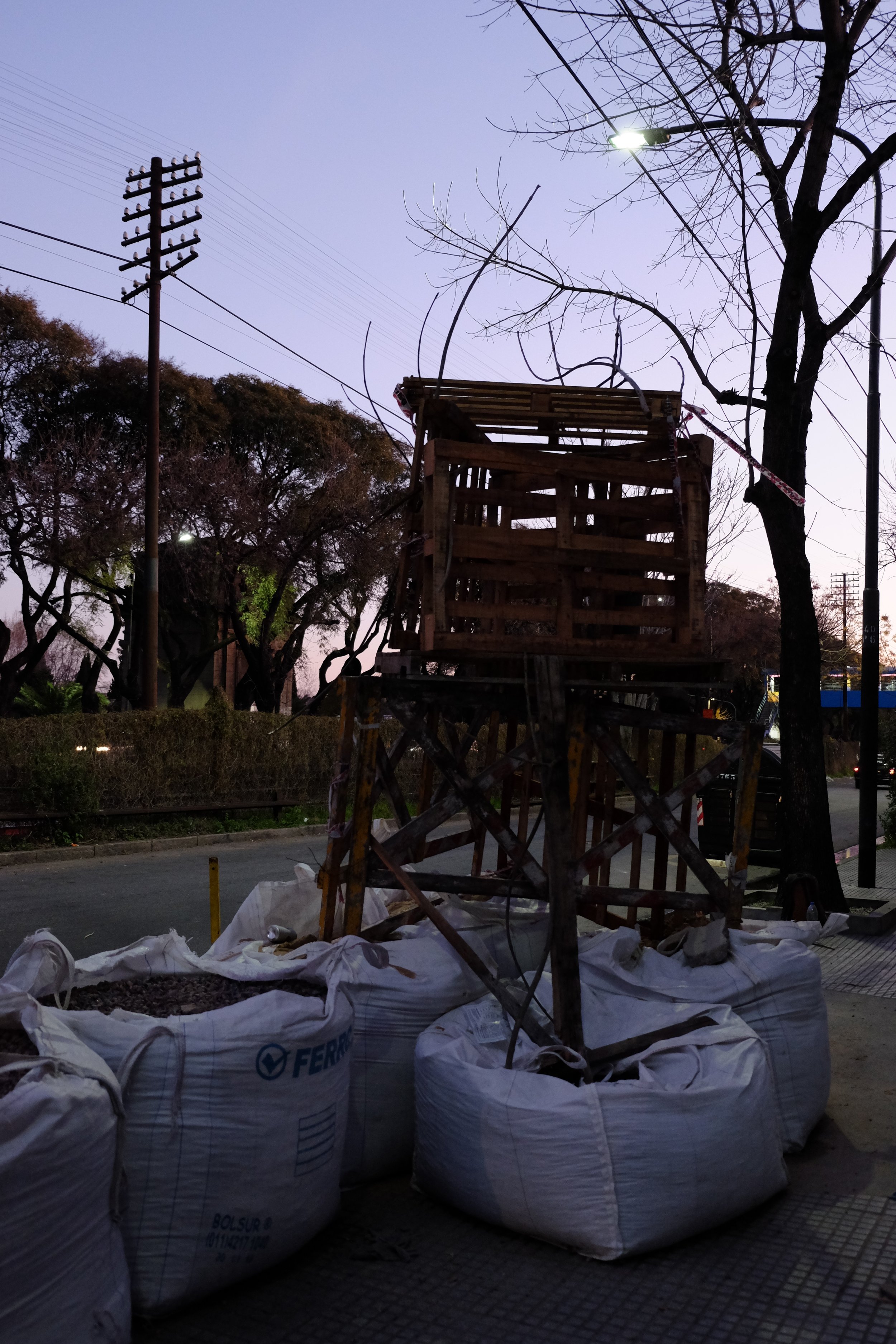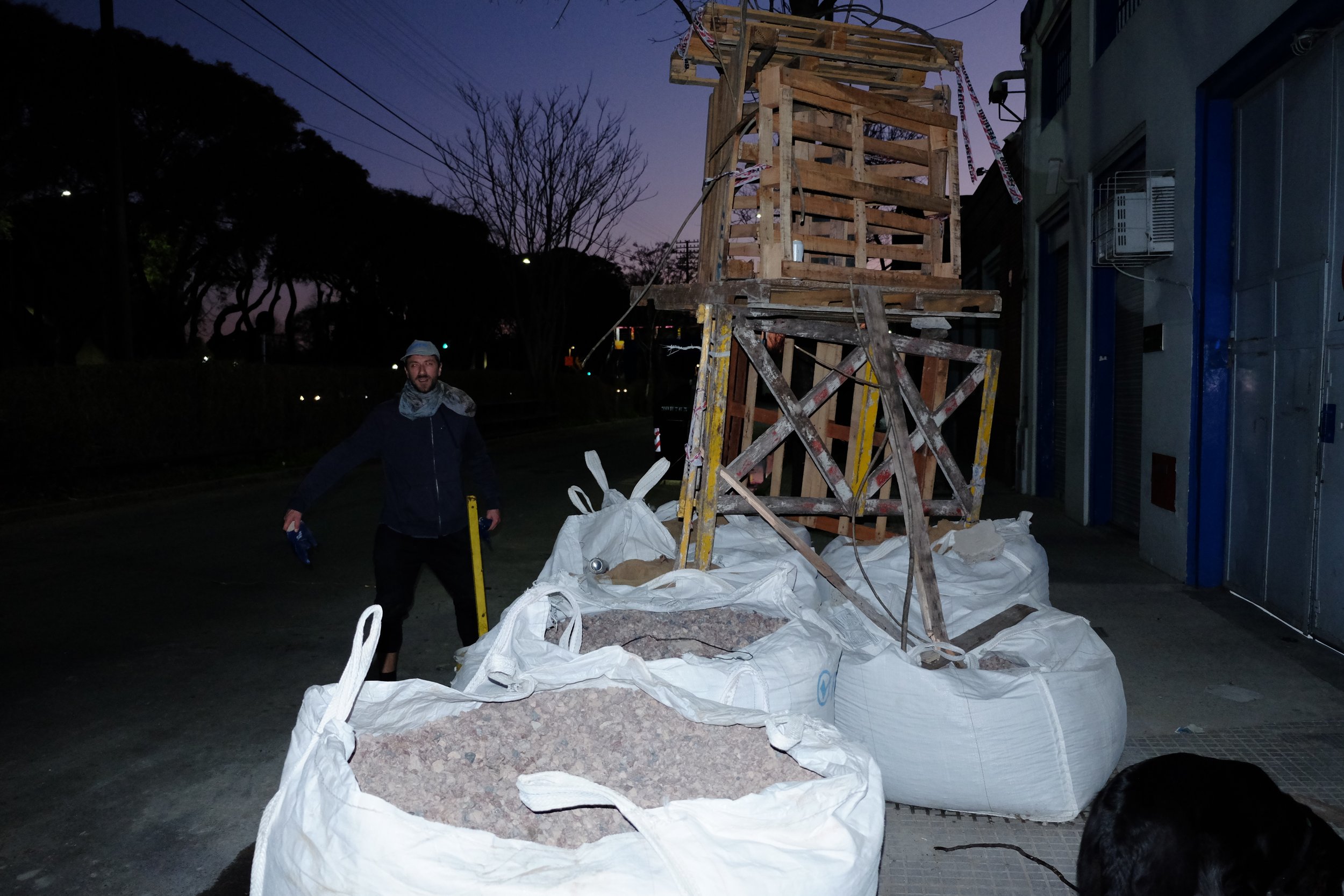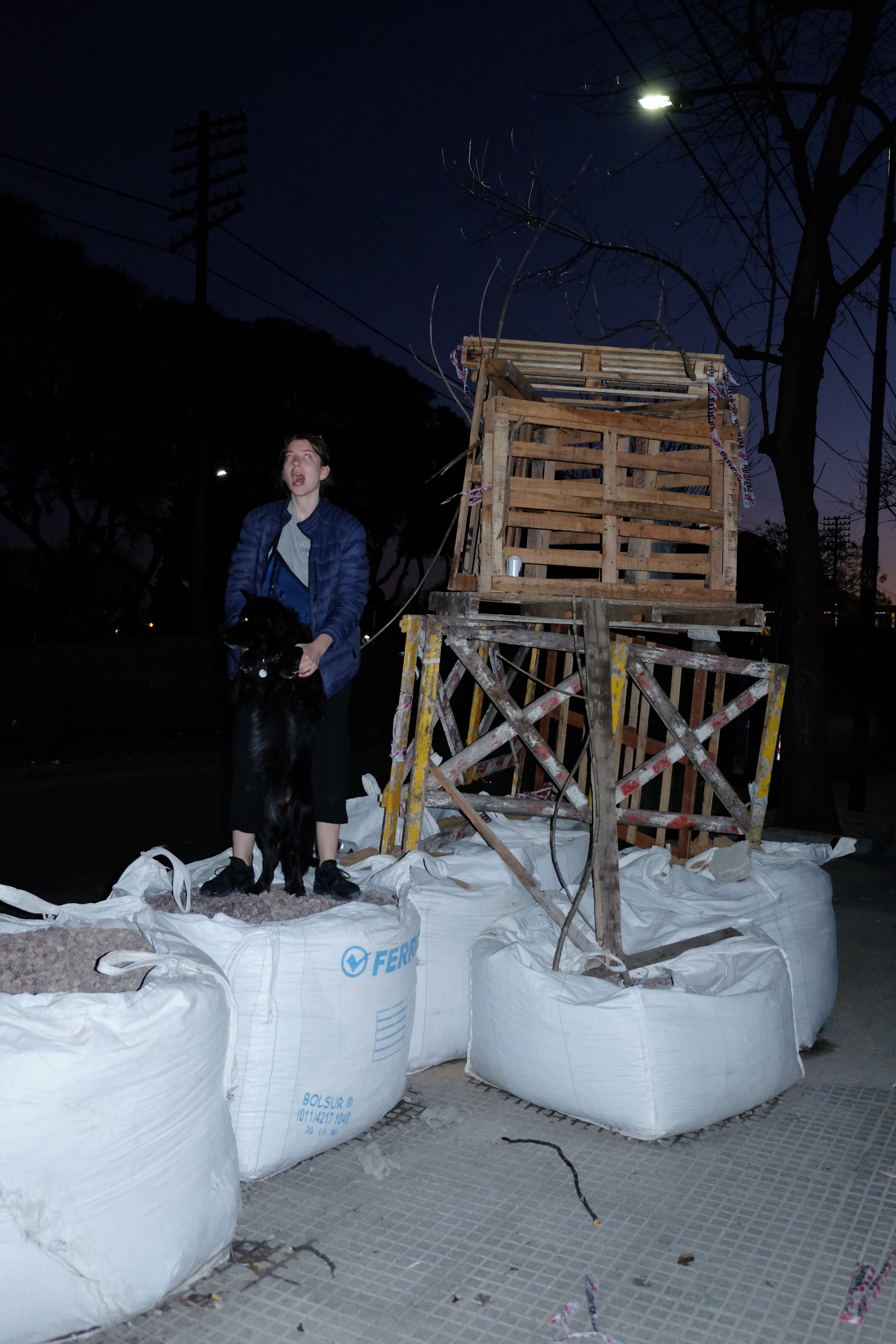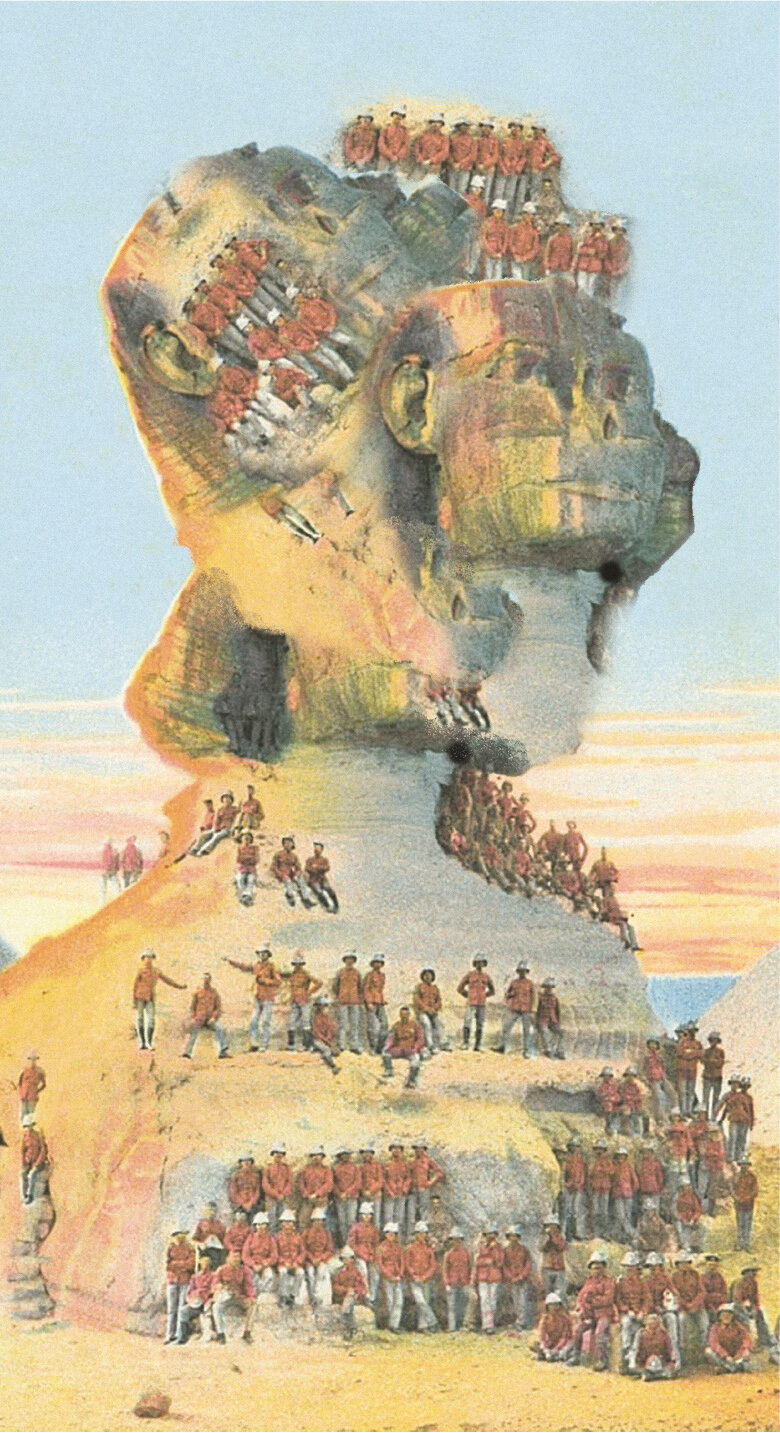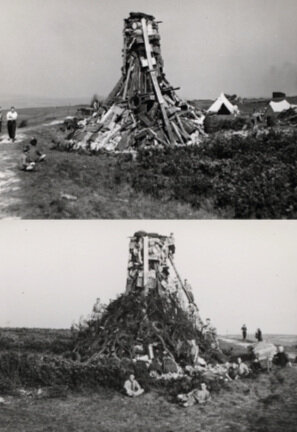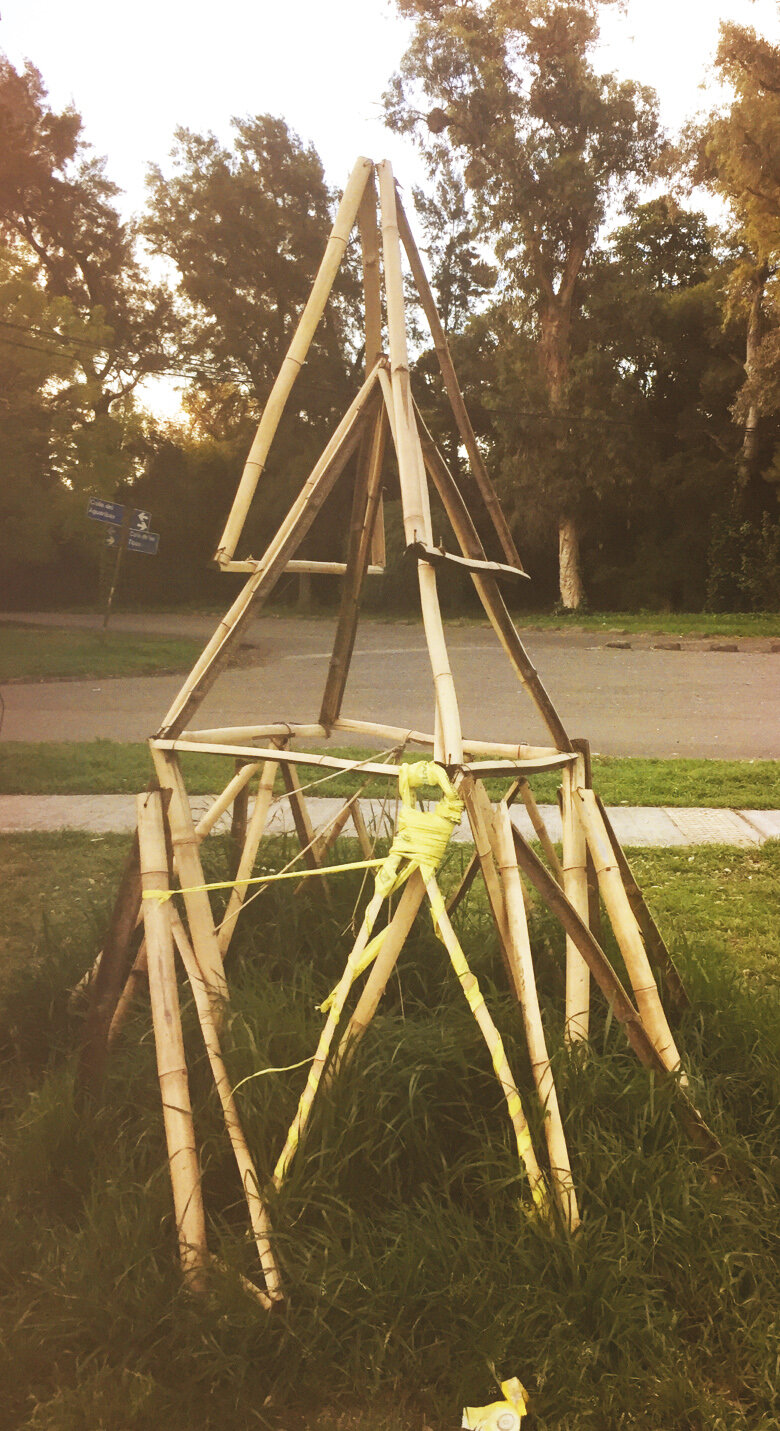NEITHER CRAFTED NOR DISCARDED
“The image of a totem speaks to us. The first question that comes to our minds: what is it?” These artistic entities called totems have more in common with discovery and chance than decision or the will of an artist seeking to express himself. A totem is a strategy. It is a path rather than a model, a generative method instead of creative speculation.
NI HECHO NI DESECHO
¿Qué es un Tótem? Estas entidades artísticas llamadas tótem tiene mucho más que ver con el hallazgo y el encuentro fortuito que con lo decidido o con la voluntad singular de un artista buscando expresarse. El tótem es una estrategia, un camino antes que un modelo, un método generativo antes que una especulación creativa.
The Argentine Totemic Association believes in the importance of think about totems. These totems that enable a material presence that enriches our poetic environment. This totem is necessary. Neither moral, hygienic, nor ecological. This totem does not bring explanations, only puzzles. Isn't that necessary? Let's look for questions among ready-maden vestiges, marginalities, discards and leftovers, these pieces of merchandise that deprived of utility, surplus value, aura, that before the totem had ceased to be part of the landscape of the Real.
Para la Asociación Totémica Argentina es importante pensar los tótems. Estos tótems. Hacerlos. Ya no preguntarse qué es el tótem, sino cómo hacerlo, cómo habilitar una presencia material que enriquezca nuestro entorno poético. Este tótem es necesario. Ni moral, ni higiénico, ni ecológico. Este tótem no trae explicaciones, solo enigmas ¿No es eso necesario? Busquemos preguntas entre esos vestigios de ready-made, marginalidades, descartes y sobras, estos cachos de mercancía que privados de utilidad, plusvalor, aura, que antes del tótem habían dejado de formar parte del paisaje de lo Real.
OBELISKS VS TOTEM
Rethink the Totemic in our context forces us to accept in a first instance that our way of relating to objects is empirical and utilitarian. Secondly, putting the totem into practice, together, all of us, is the possibility of accessing something magical: not the finished product, but the mysterious movement from the rubble to the totem.
The totem is an anarchic enigma, with no intend to last over time as a unit. Nothing can be pointed that makes it art-work and yet, as a question mark, it persists. Just as in the Tao, what is not gives it its function, it is not a WORK of art. That is why I oppose it to the Monument, to the monumental gesture, which can be knocked down, destroyed, set on fire, attacked by iconoclasts, covered by sand. The monument is a scar of Power, a mark over the earth, an architecture of human will, then interpreted as a hymn to Universalism.
In the obelisk resides the promethean spirit, to worship God or to measure ourselves with him, the obelisk is ordered and we will have to learn to love him, take care of him, perhaps re-locate him. The obelisk is an icon, unique and singular, original if you like. Although the totem shares the same vertical ambition of the obelisk, it has another origin and another purpose. The totem is repetition and not singularity, the subject of the totem is that of relay, nomadism, how, through other entities, one can remain in the game. Our totem stands collectively and in relation to a community problem, with local materials and forms, with whatever is at hand, it is made of things from which nobody expected anything, therefore it cannot be destroyed, only suspended.
OBELISCO VS TÓTEM
Repensar lo totémico en nuestro contexto obliga a aceptar en primera instancia que nuestra manera de relacionarnos con los objetos es empírica y utilitaria. En segunda instancia poner el tótem en práctica, juntos, todos nosotros, es la posibilidad de acceder a algo mágico: no en el producto terminado, sino en ese movimiento misterioso del escombro al tótem.
El tótem es un enigma anárquico, que no pretende perdurar en el tiempo como unidad, no tiene nada que se pueda señalar como obra y sin embargo, como interrogante, persiste. Así como en el tao, lo que no-es le da su función, no es una OBRA de arte. Por eso lo opongo al Monumento, al gesto monumental, que puede ser derribado, destruido, prendido fuego, atacado por iconoclastas, tapado por la arena. El monumento es una marca del poder, un trazado en la tierra, una arquitectura de la voluntad humana, luego interpretado como un canto al universalismo.
En el obelisco está lo prometeico, para adorar a dios o para medirnos con él, el obelisco se manda a hacer y habrá que quererlo, cuidarlo, quizás re-localizarlo. El obelisco es un ícono, único y singular, original si se quiere. El tótem si bien comparte la ambición vertical del obelisco, tiene otro origen y otro fin. El tótem es repetición y no singularidad, el asunto del tótem es el del relevo, el nomadismo, el de cómo, a través de otras entidades se puede permanecer en el juego. Nuestro tótem se erige colectivamente y en relación a una problemática comunitaria, con materiales y formas locales, con lo que haya a mano, está hecho de cosas de las que nadie esperaba nada, por lo tanto no puede ser destruido, solo suspendido.



